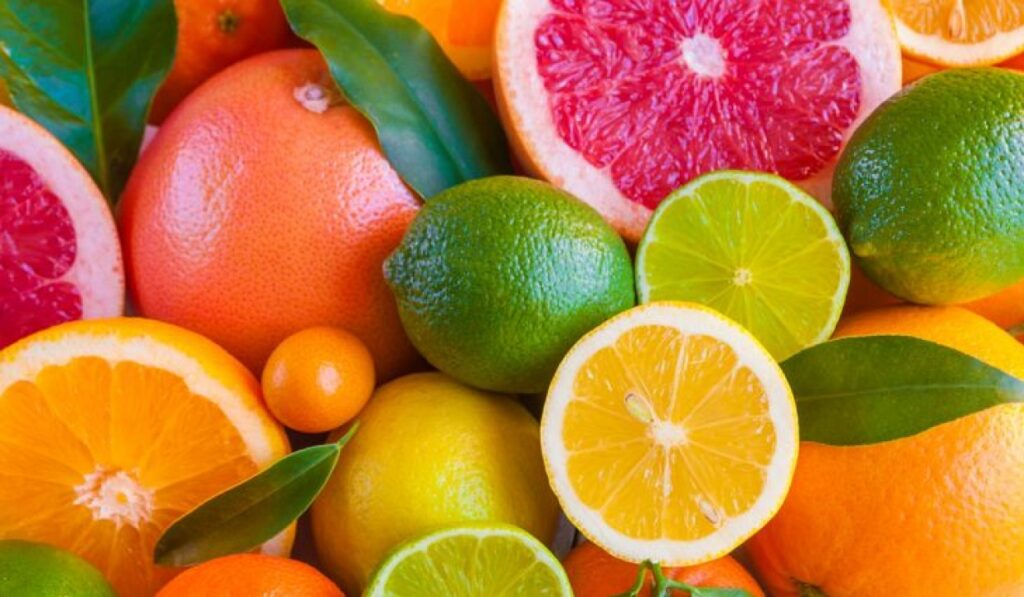The history of citrus cultivation in Iran dates back to ancient times. The first reliable record of the existence of citrus trees in Iran is Theophrastus’s report of the presence of citron in the region of Susa, Khuzestan, which dates back to 300 BC. The history of planting oranges and limes in Iran also dates back to about 1200 to 1300 years ago, which were first introduced to Iran by commercial ships and through the Persian Gulf. Oranges were also introduced to the southern regions of Iran in the era of the Crusades and by the ships of Portuguese merchants from Christianity and Pakistan.
Citrus is one of the most important agricultural products in Iran and plays an important role in the economy and culture of this country. Iran is one of the world’s largest producers of citrus fruits, and Iranian citrus fruits are exported to many countries around the world.
Citrus Varieties in Iran
Various types of citrus fruits are grown in Iran, the most important of which are:
Orange
Mandarin
Lemon
Sweet lemon
Grapefruit
Orange
Bergamot
Bakrayi
Lime
Properties of Citrus
Citrus fruits have many properties, including:
They are a good source of vitamin C. Vitamin C is a powerful antioxidant that helps boost the body’s immune system.
They contain a lot of fiber. Fiber helps improve the functioning of the digestive system.
They contain some potassium. Potassium helps regulate blood pressure.
They contain some limonene. Limonene is a natural compound that may help reduce the risk of cancer.
Citrus fruits are consumed in various ways in Iran. Some of the most common ways to consume citrus fruits in Iran include:
Fresh consumption
Consumption as juice
Consumption as jam
Consumption as pickles
Use in cooking
Citrus is one of the important and valuable products of Iran that plays an important role in the health and economy of this country.
Here is a more concise version of the text:
Citrus is one of the most important agricultural products in Iran. It is grown in various varieties, including oranges, mandarins, lemons, and grapefruits. Citrus fruits are a good source of vitamin C, fiber, potassium, and limonene. They are consumed in various ways in Iran, including fresh, juiced, preserved, and cooked.

